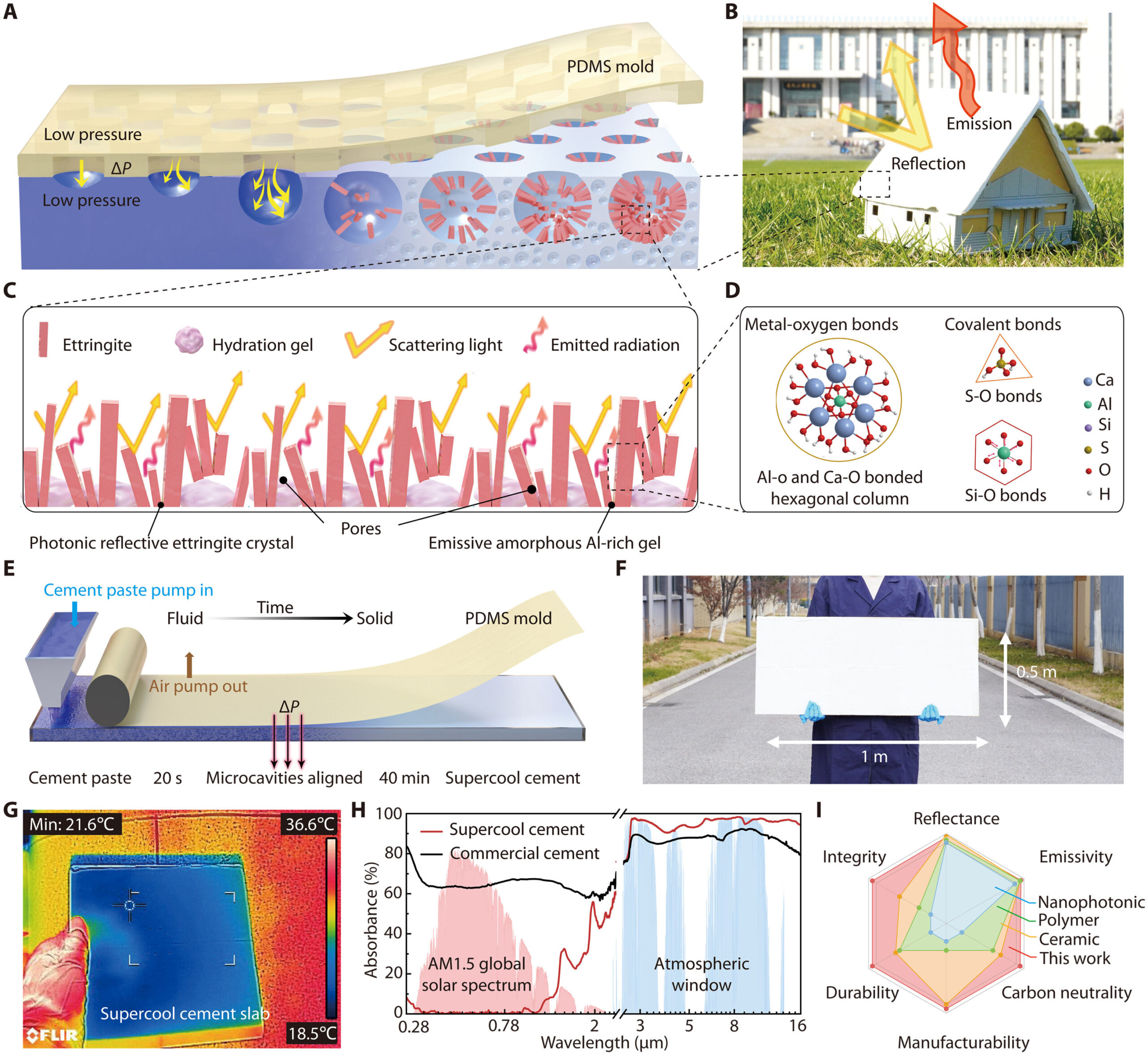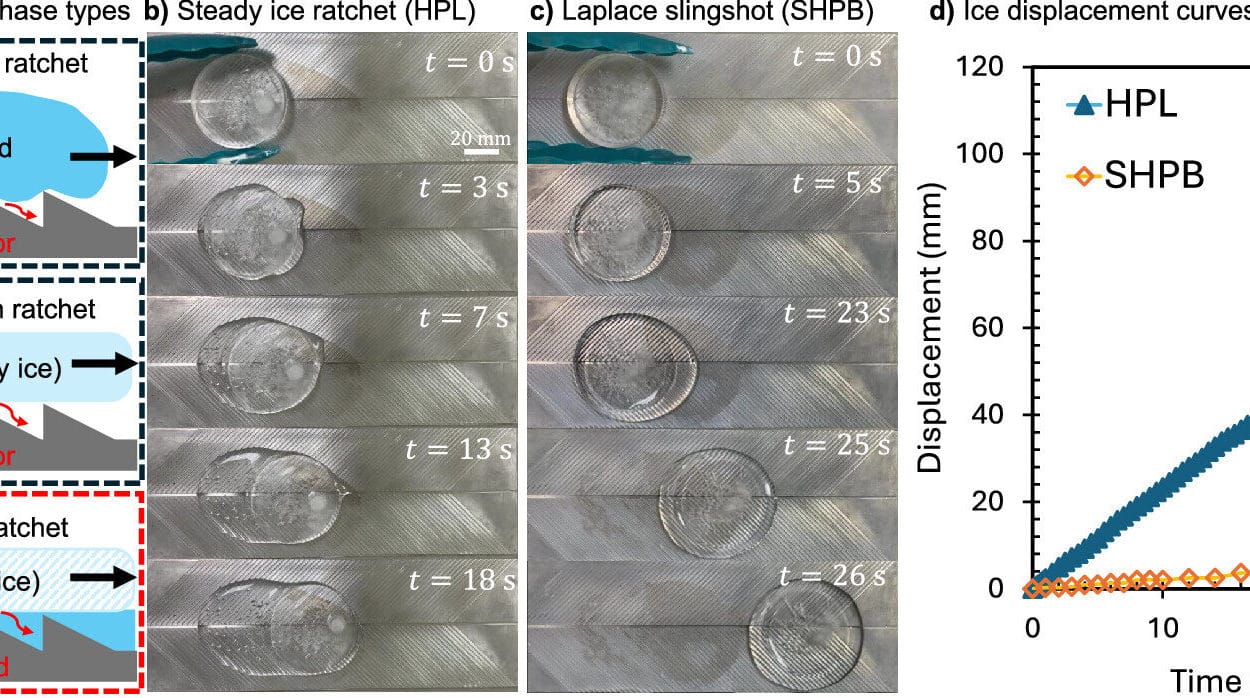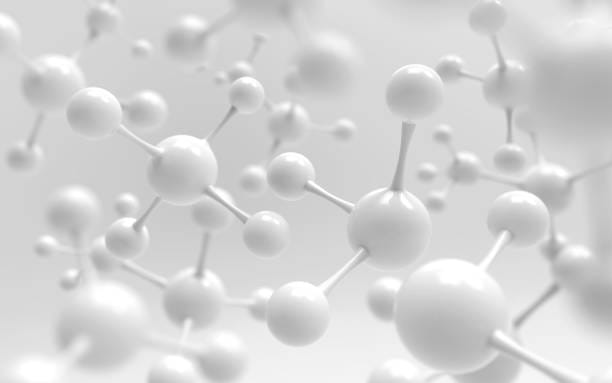On scorching summer days, when the air feels heavy and the sun refuses to relent, most of us instinctively reach for the thermostat. Air conditioning offers relief, but it comes at a cost—skyrocketing energy bills and an ever-growing burden on the planet. Buildings, in fact, consume nearly 40% of the world’s energy and produce more than a third of global carbon emissions. Our cities are not just getting hotter; they’re also becoming more energy-hungry in their struggle to keep cool.
But what if buildings could cool themselves naturally, without air conditioners? What if the very walls, rooftops, and sidewalks that soak up the sun’s heat could instead deflect it away? That’s exactly what a team of scientists from Southeast University in China, led by Wei She, has been working on. Their breakthrough—published in Science Advances—offers a glimmer of hope in our warming world: a new kind of cement that stays cool all on its own.
From Heat Absorber to Heat Reflector
Traditional cement has a stubborn flaw. It absorbs infrared radiation from the sun and locks that energy in as heat. That’s why urban areas packed with concrete and asphalt often feel suffocating—cities become “heat islands,” trapping warmth and making summers unbearable.
The research team decided to flip cement’s behavior entirely. Instead of a heat sponge, why not make it a heat mirror? To do this, they turned to an unlikely mineral: ettringite, a crystal often found in cement mixtures. By carefully re-engineering cement’s chemistry, the scientists grew tiny ettringite crystals across its surface. These crystals reflect sunlight like microscopic mirrors while also radiating away heat, preventing the cement from heating up in the first place.
The process wasn’t just a tweak—it was a reinvention. The researchers ground down raw materials like limestone and gypsum, mixed them with water, and poured the slurry into specially designed molds dotted with holes. These depressions became “nurseries” where ettringite crystals could grow in structured patterns. The result: a gleaming, light-reflective surface that not only resists heat but actively cools itself.
Putting Supercool Cement to the Test
Of course, a material’s promise is only as good as its performance. So the team took their creation to Purdue University in the United States for real-world trials. On a blazing rooftop under the midday sun, the new cement proved its worth. Its surface measured 5.4 degrees Celsius cooler than the surrounding air—a stunning reversal of the usual heat-absorbing role of concrete.
Even more importantly, the cement underwent rigorous durability tests. It had to withstand mechanical pressure, harsh weathering, and long-term exposure to light. The material passed with resilience, holding onto both its strength and cooling properties.
But the scientists didn’t stop there. They harnessed machine learning to calculate the broader environmental impacts of replacing traditional cement with its cooler cousin. The results were astonishing: over a 70-year period, this cement could achieve a net-negative carbon footprint. In other words, instead of contributing to the climate crisis, it could actually help undo it.
Rethinking Cement: From Climate Villain to Climate Hero
The significance of this breakthrough can’t be overstated. Cement production alone is responsible for about 8% of global carbon emissions—a staggering figure for a single industry. Every new bridge, apartment complex, or highway built with traditional cement silently adds to our planetary burden.
By transforming cement from a heat absorber into a heat reflector, researchers are not only addressing urban overheating but also rewriting the material’s environmental story. The cement industry, often labeled one of the dirtiest, could become part of the solution instead of the problem. “We have innovatively transformed cement materials from heat absorbers to heat reflectors using a bottom-up approach,” the researchers wrote. Their words echo a deeper promise: a future where construction and sustainability no longer stand at odds.
Cool Cities, Healthier Lives
Imagine walking through a city where rooftops, sidewalks, and even building facades no longer radiate oppressive heat but instead feel comfortable underfoot. Air conditioners hum less frequently. Energy bills shrink. The air is cleaner, the streets are cooler, and the urban landscape becomes more livable for everyone—from children playing outside to the elderly seeking relief from dangerous heat waves.
That’s the vision behind supercool cement. Beyond lowering carbon emissions, it could dramatically improve quality of life in cities. By cutting down on air conditioning use, buildings would not only save money but also ease pressure on power grids during heatwaves—reducing the risk of blackouts. And by cooling entire neighborhoods, the material could combat the deadly heat stress that threatens millions in our warming climate.
A Step Toward an Energy-Efficient Future
The challenge now is scale. Innovations like supercool cement often face hurdles in cost, production, and adoption. But if researchers and industry leaders can bring it from the lab to construction sites, its impact could be transformative. The cement that once symbolized humanity’s industrial progress could now symbolize its environmental redemption.
In a world where temperatures are rising and climate change feels overwhelming, this shimmering cement reminds us of something crucial: innovation still holds the power to reshape our future. Sometimes the solutions are not about new gadgets or massive infrastructure, but about reimagining the very materials beneath our feet.
The Promise of Cooler Tomorrows
Albert Einstein once said that imagination is more important than knowledge, because imagination embraces the entire world. The scientists behind supercool cement have combined both: deep technical knowledge and the imagination to see concrete not as it is, but as it could be.
If the promise of this material holds true, then the buildings of tomorrow might do more than shelter us—they could actively protect the planet, keeping us cool while keeping carbon out of the skies. That’s not just clever engineering. That’s hope, poured and hardened into the foundations of our cities.
More information: Guo Lu et al, Scalable metasurface-enhanced supercool cement, Science Advances (2025). DOI: 10.1126/sciadv.adv2820






